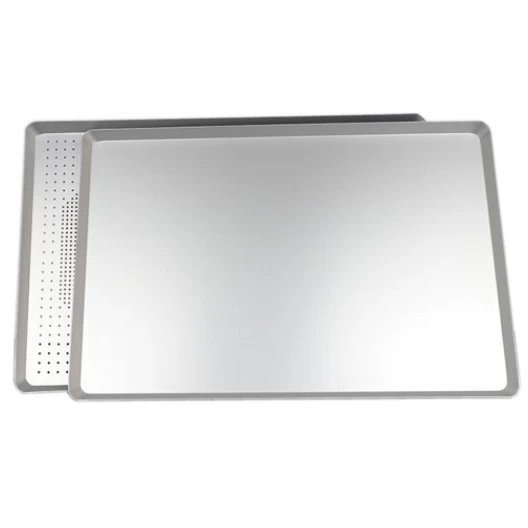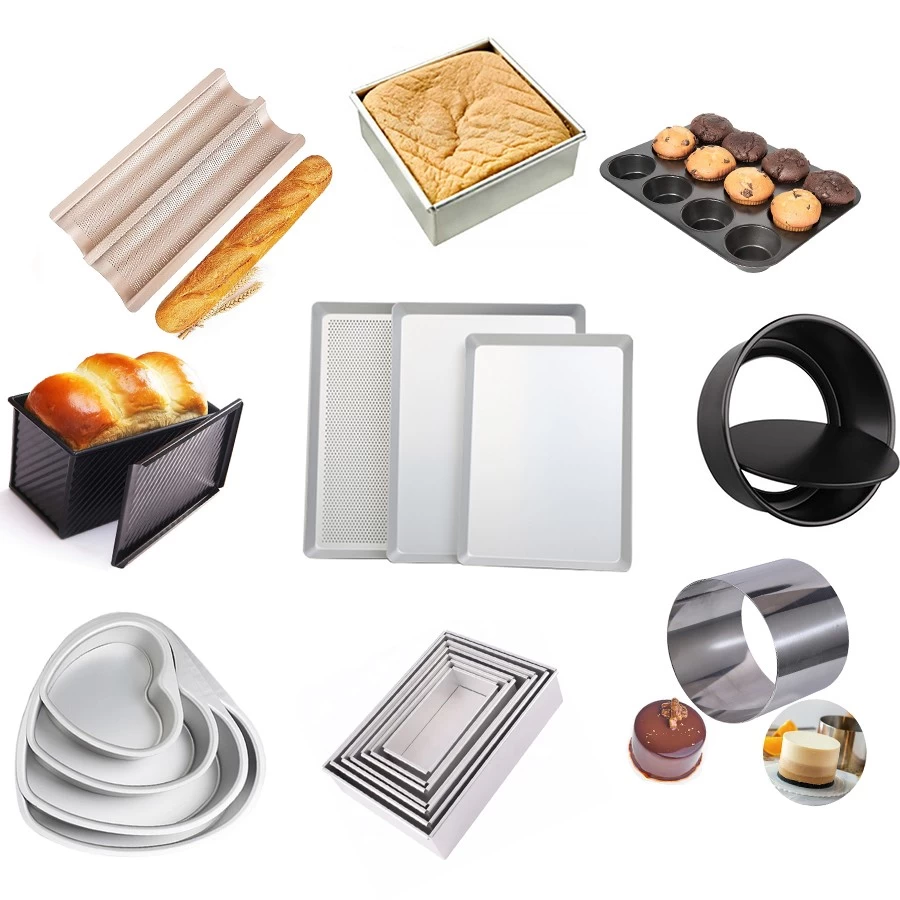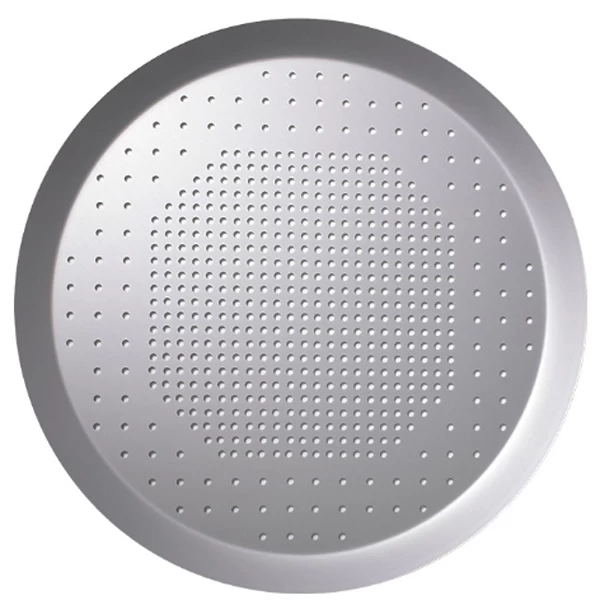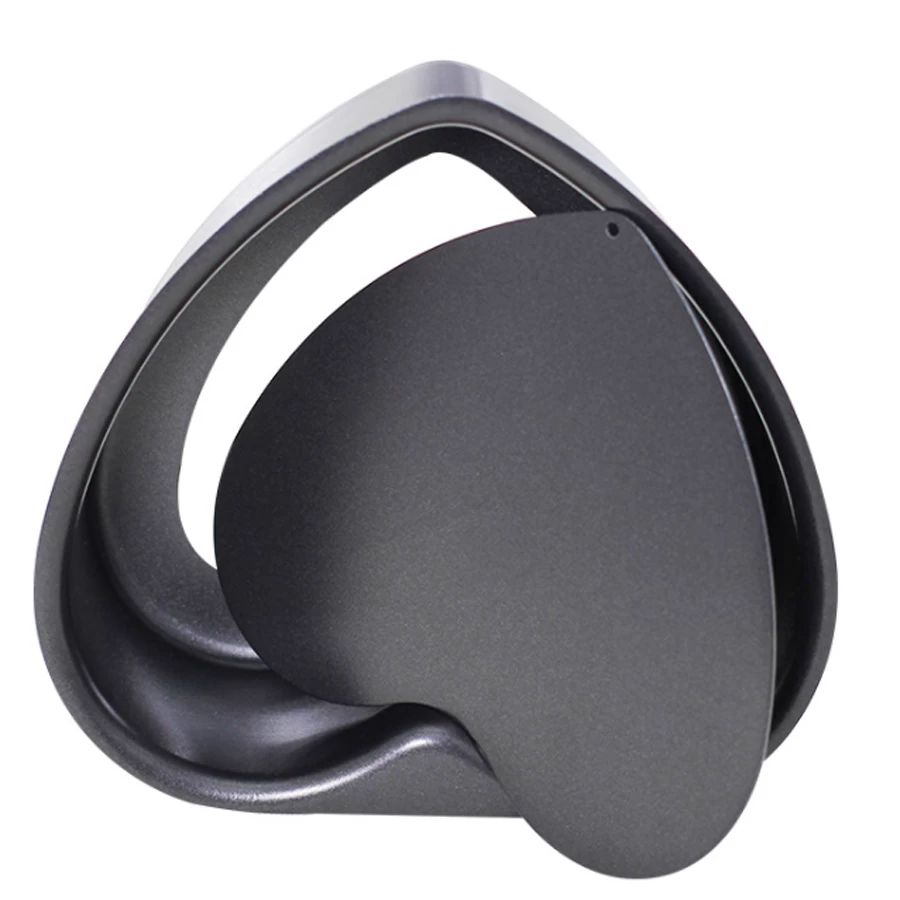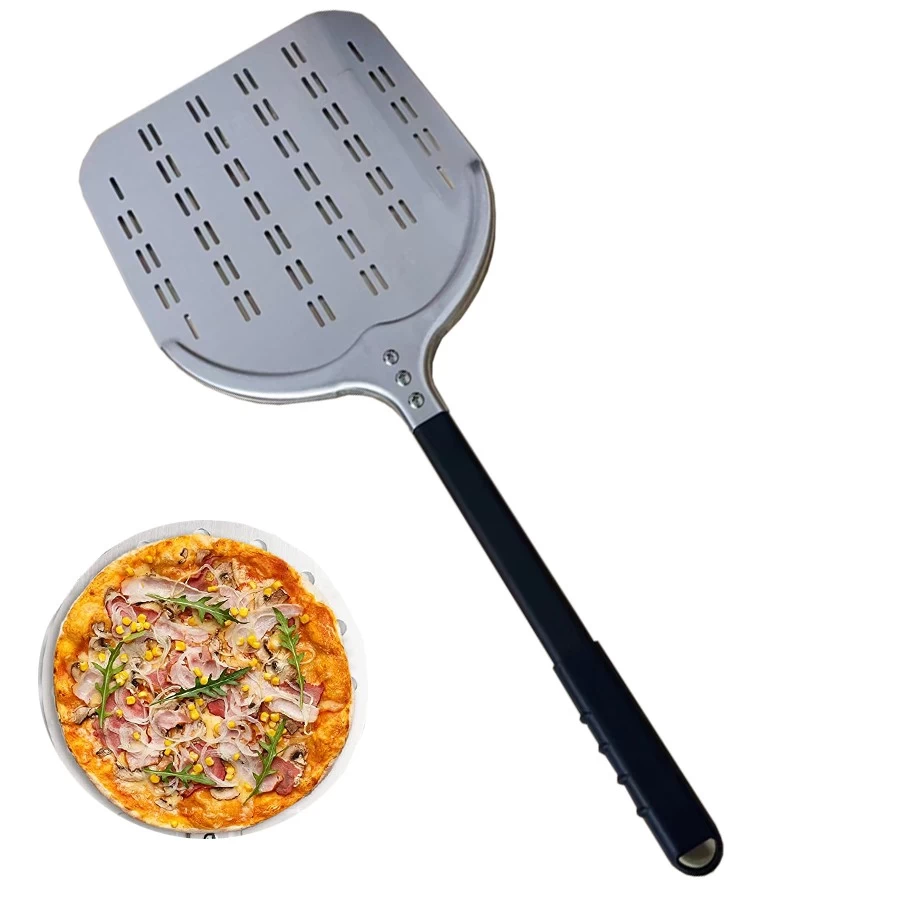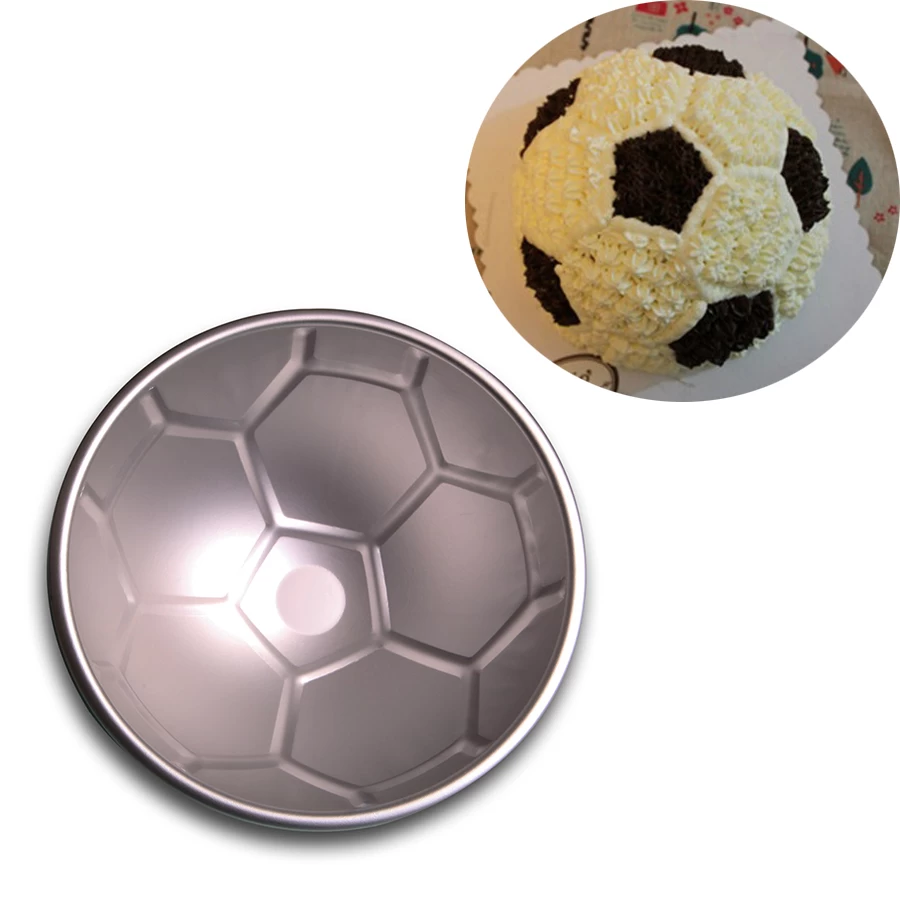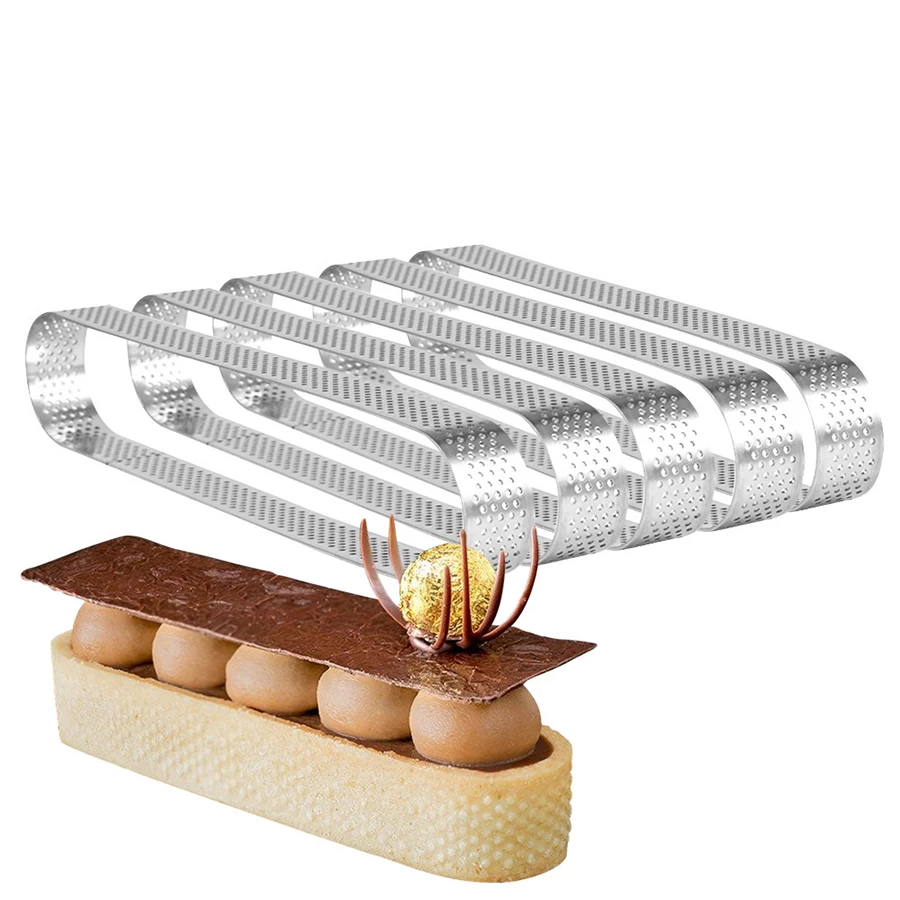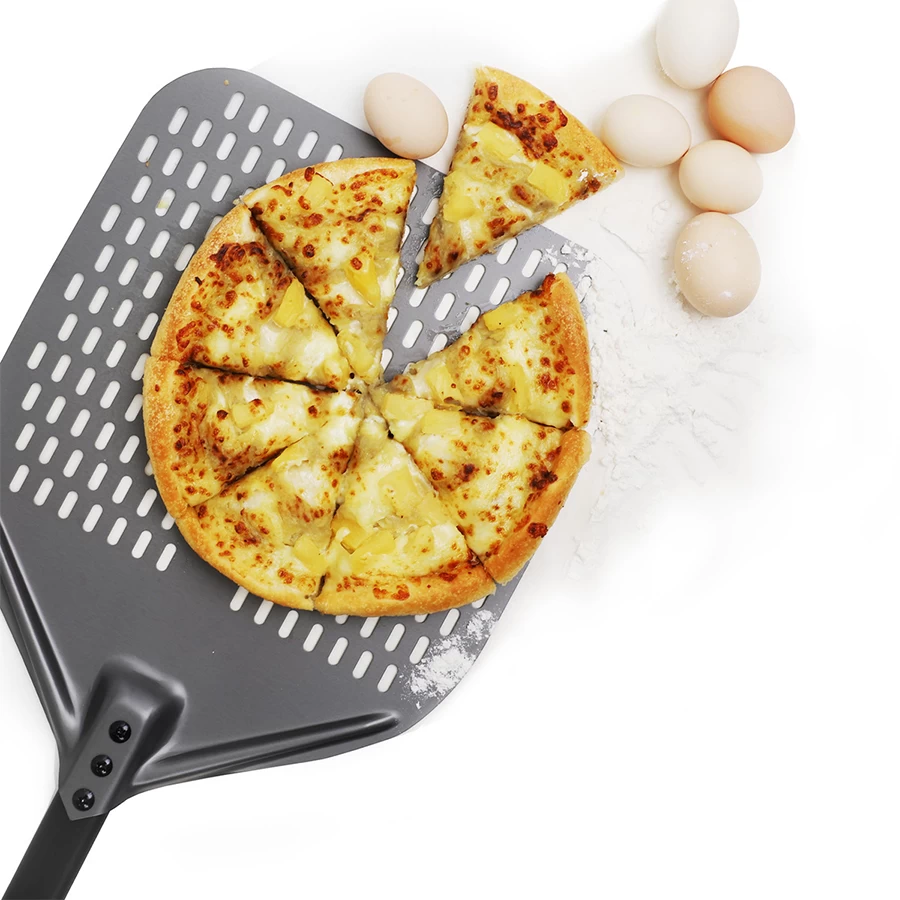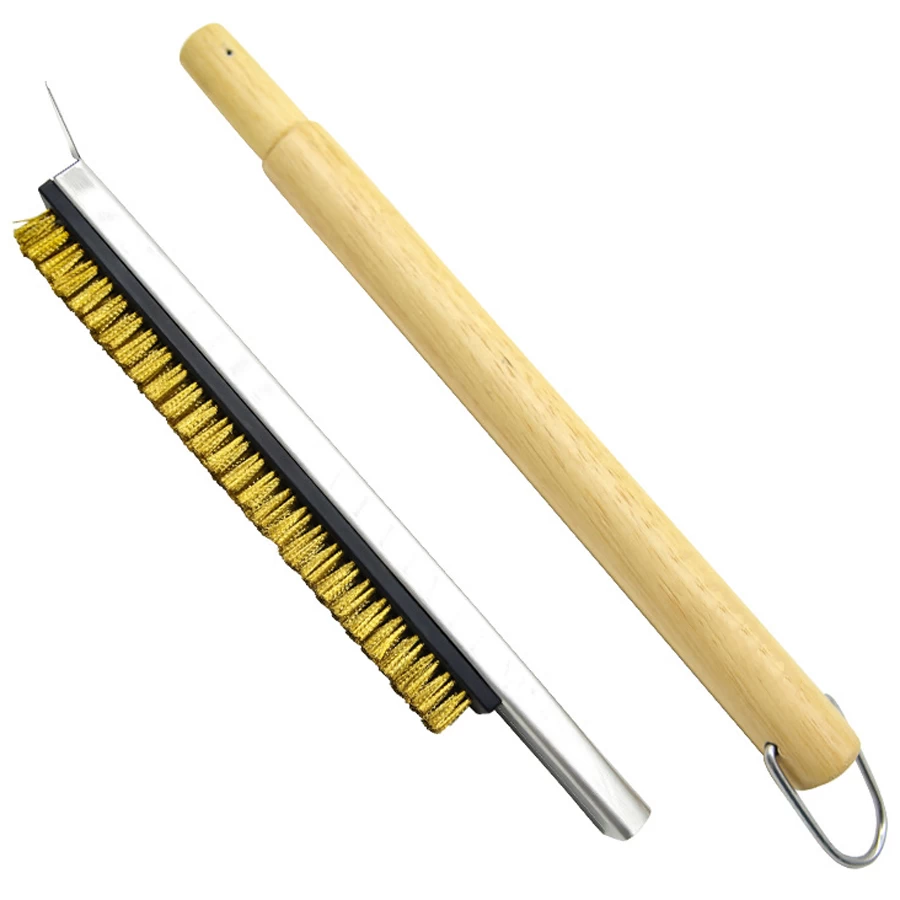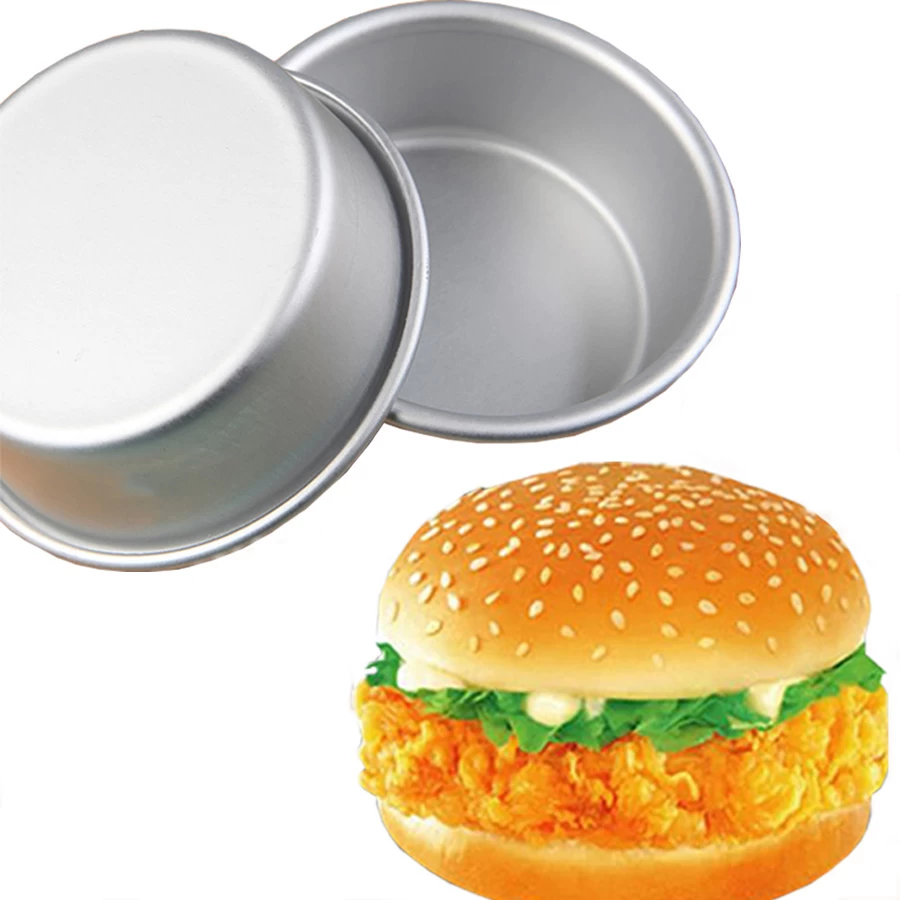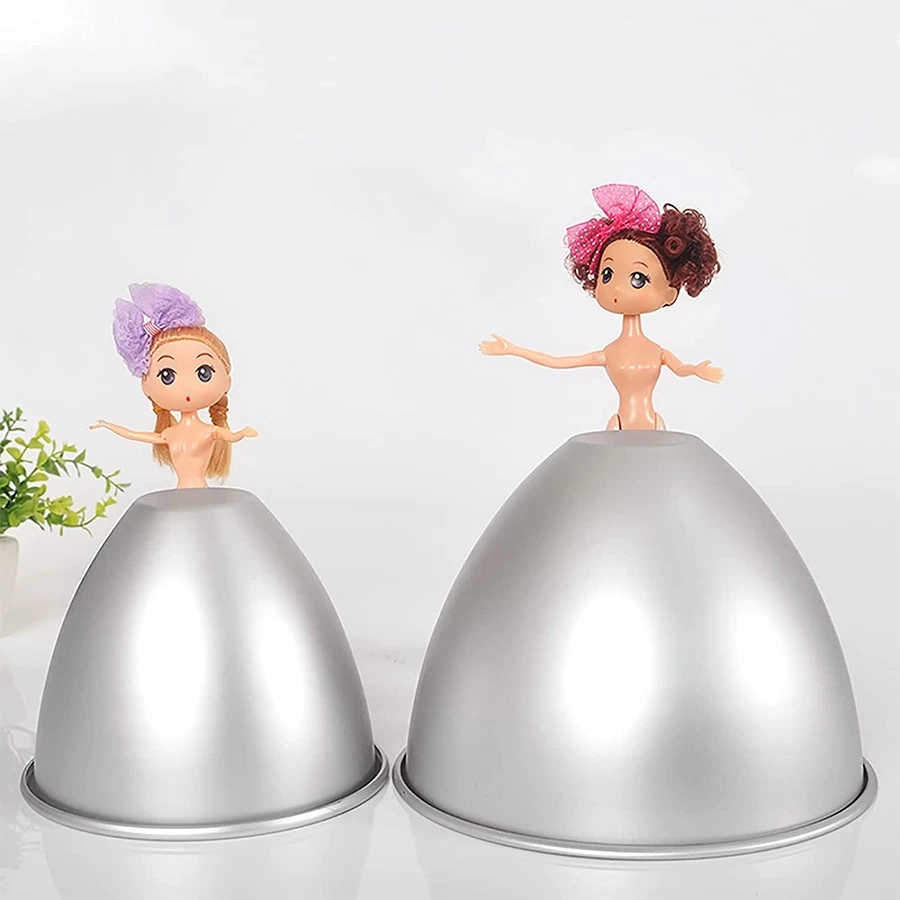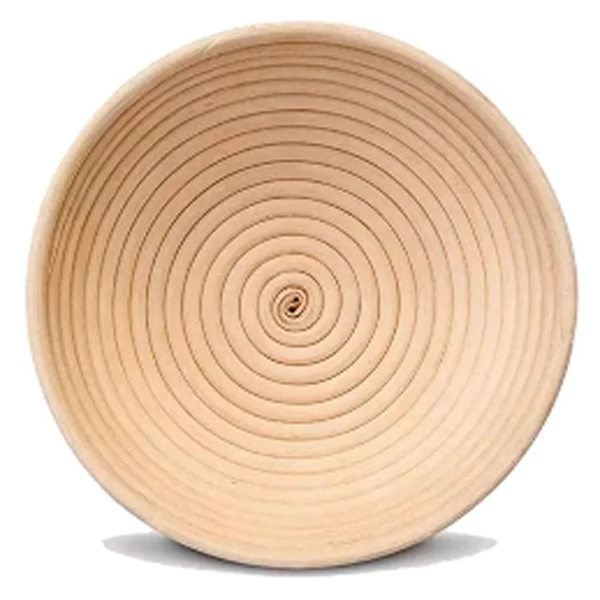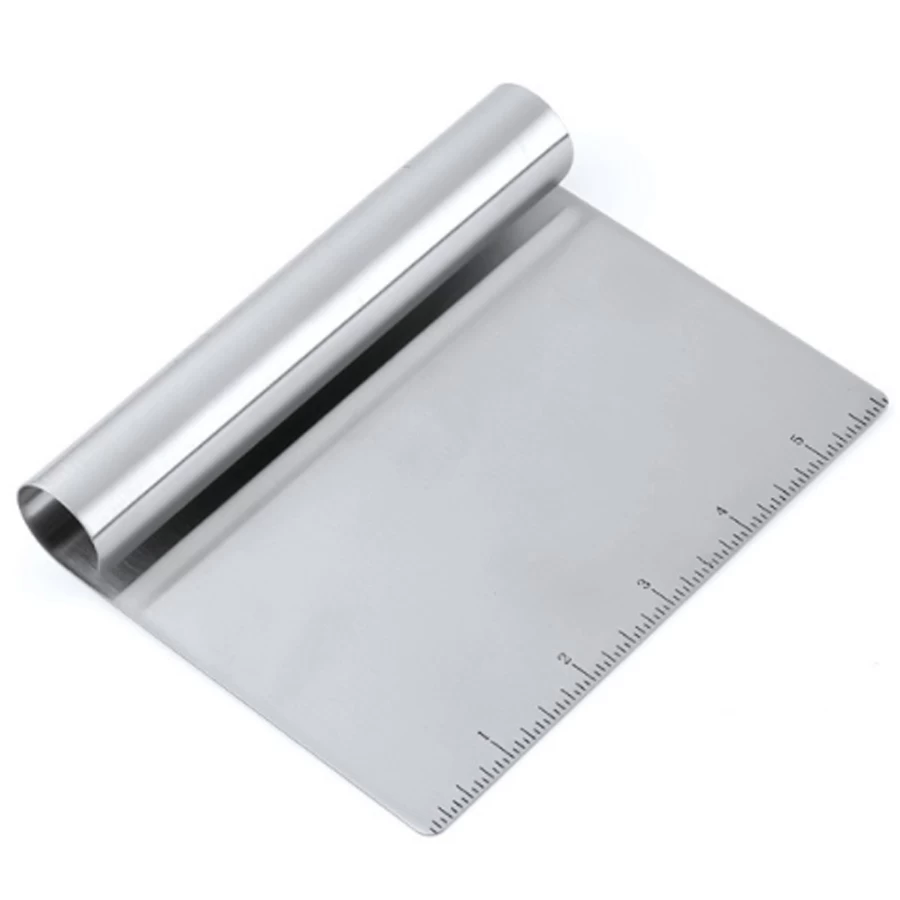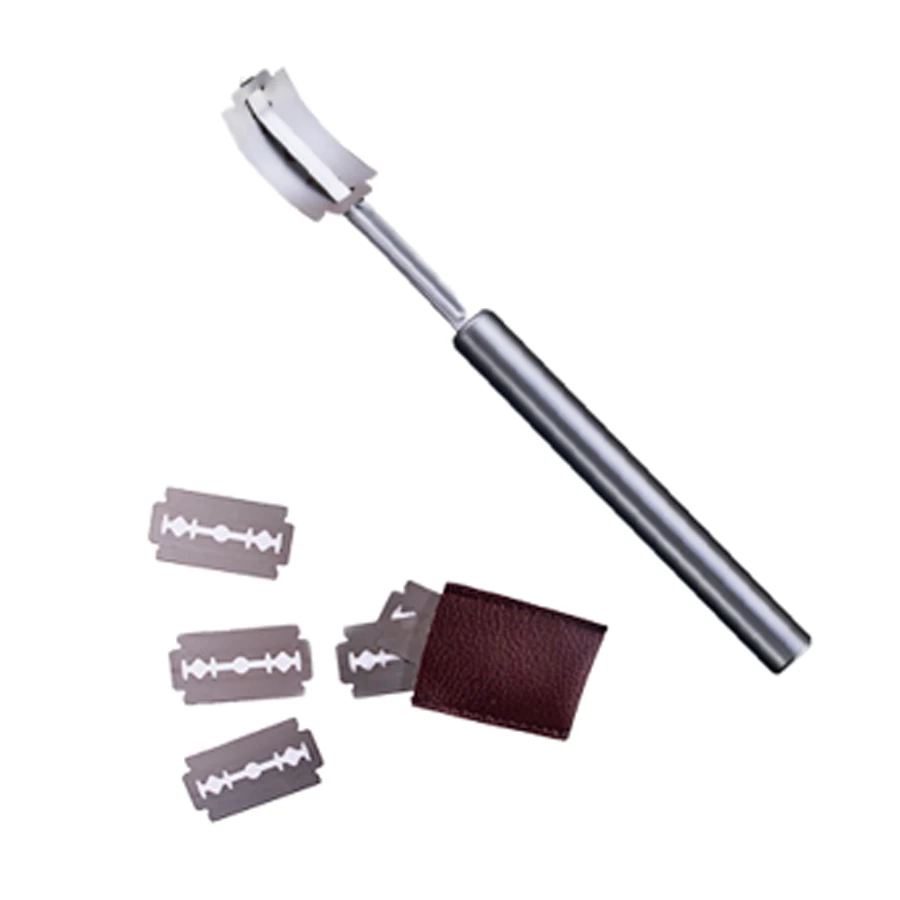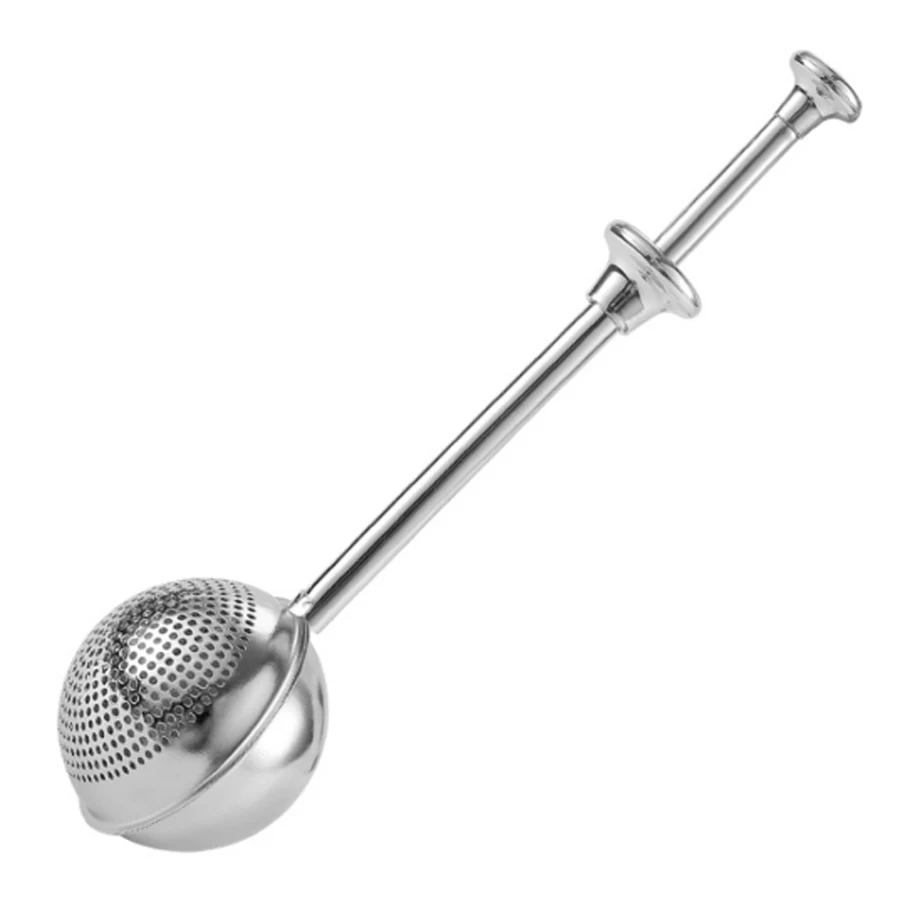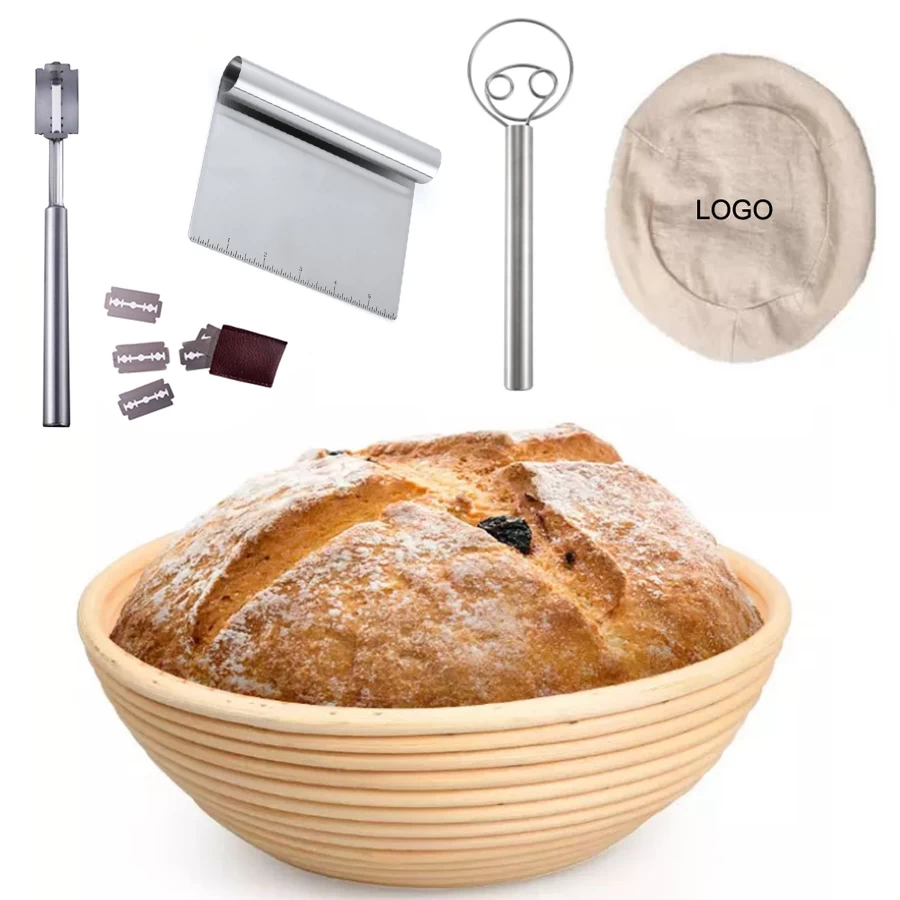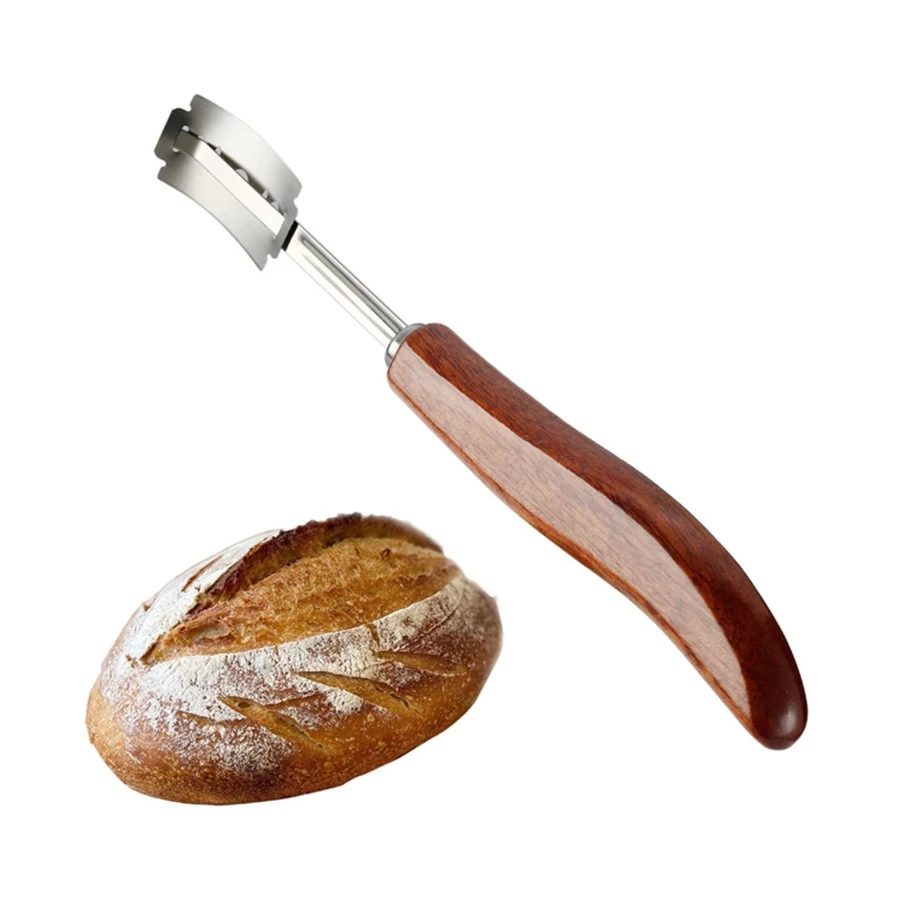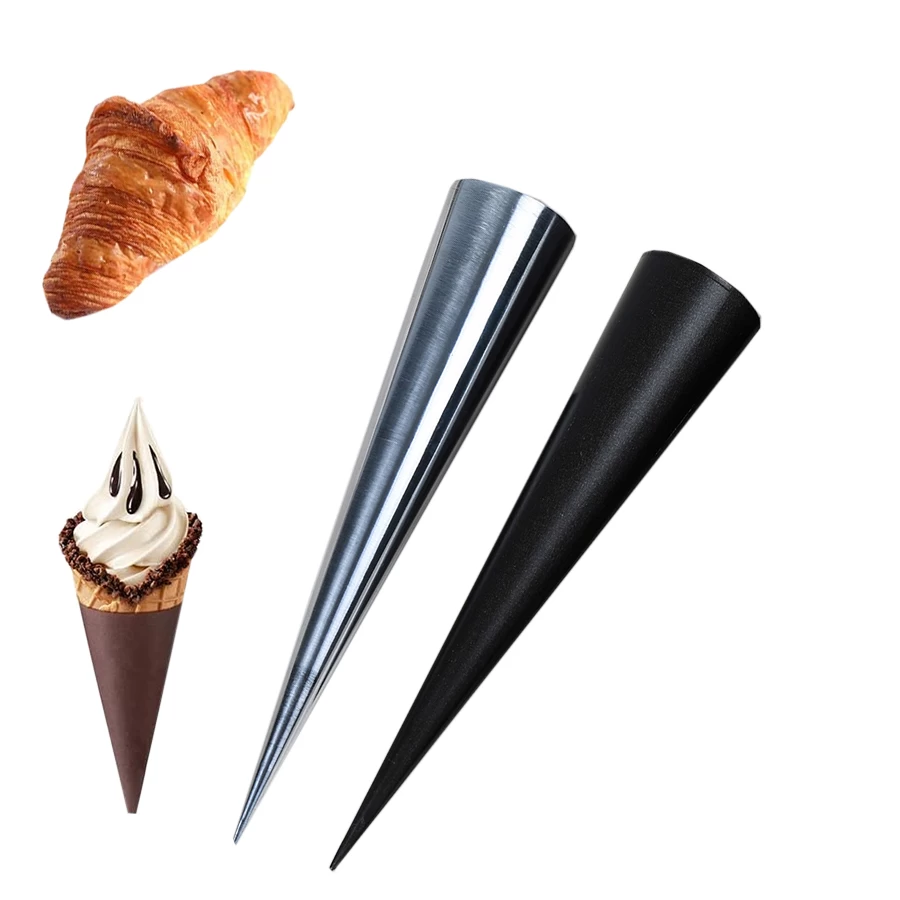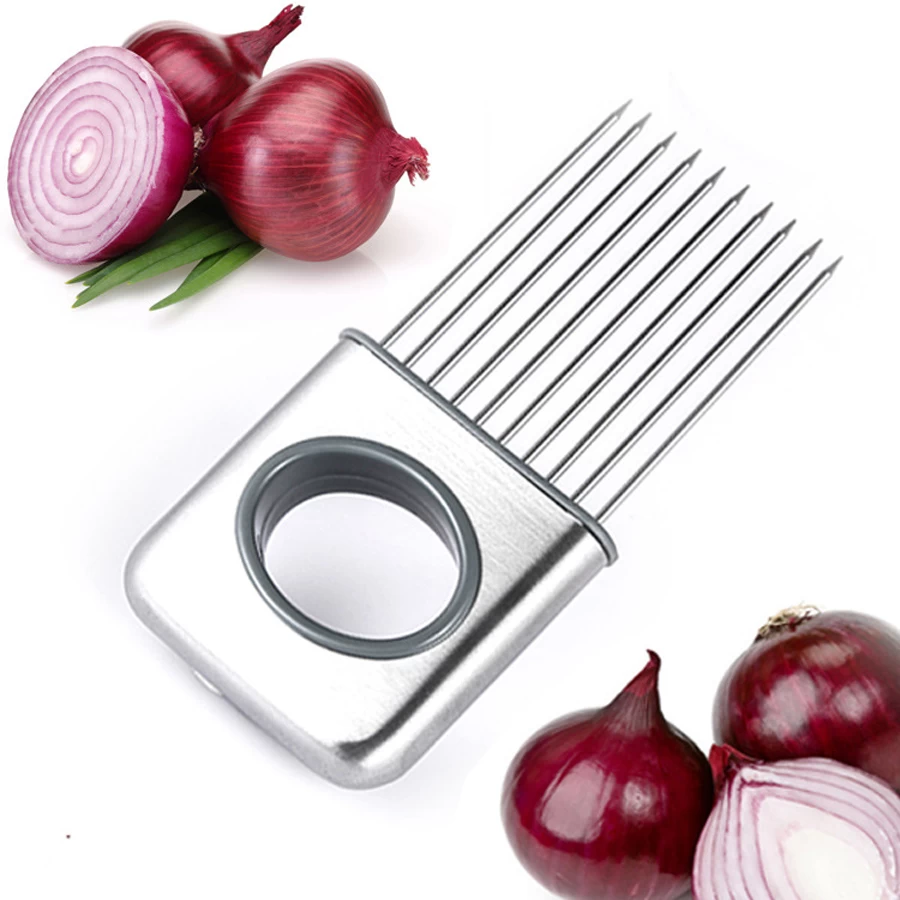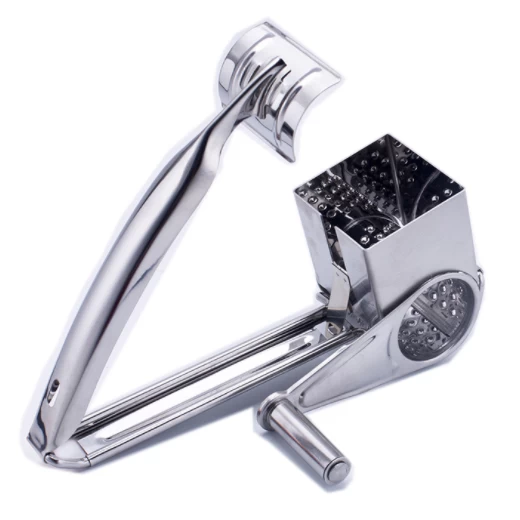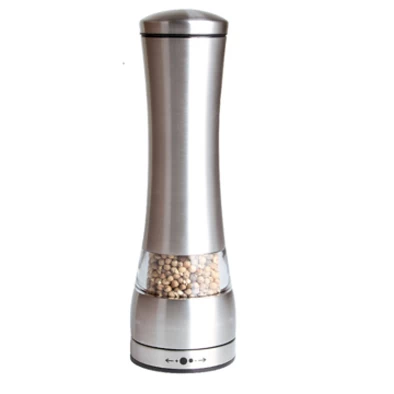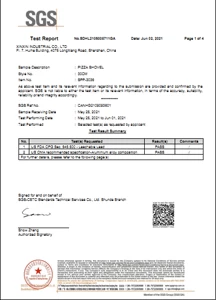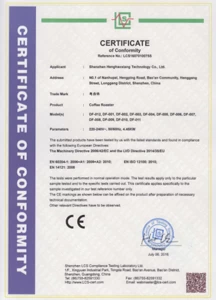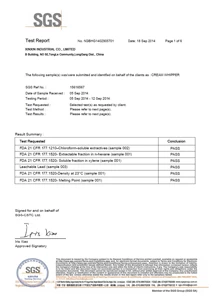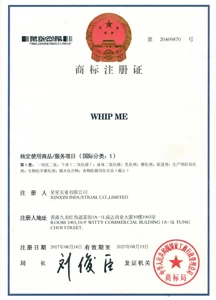Cake Pans - Which pan should I buy?
Types of Cake Pans:
1). Aluminum – This is the most commonly used metal for cake pans. It has superior abilities in conducting heat, producing a cake that is evenly risen. It is also an inexpensive metal, making it a cost-effective option for bakers needing a large amount of cake pans. Lightweight aluminum cake pans make beautiful cakes.
2). Anodized Aluminum – This is the pan for serious bakers. The magic of this metal is that it has the ideal baking abilities of aluminum, but with an anodized finish to prevent the corrosion that occurs with natural aluminum.
3). Aluminized Steel – These pans capitalize on the strength of steel, making pans that are sturdy, resisting dents and scratches. But, steel alone is a terrible conductor of heat, so it is dipped in an aluminum alloy, combining the desired attributes of both metals. The resulting cake pan conducts heat evenly, while being sturdy and strong.
4). Carbon Steel – Cake pans made from carbon steel are very inexpensive. They are usually thin sheets of metal, coated with a non-stick coating. Often found at grocery stores, they are often stackable pans. This is great for storage! But, not so great for a beautifully baked cake. The resulting edge is slanted like the edge of the pan. This presents difficulty for stacking and decorating a straight edge.
5). Nonstick Coatings – Cakes pans are available in a wide variety of finishes. The advantage of nonstick pans is the easy release and clean up of the pan. The most common nonstick coatings are applied by dipping the pan into a dark-colored coating. This finish is susceptible to scraping and flaking from the pan, revealing the metal underneath. The exposed metal pan is then likely to rust and corrode.

